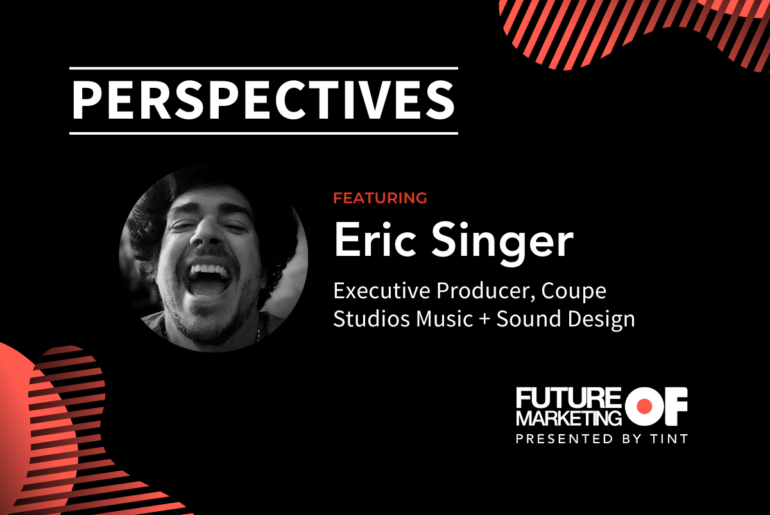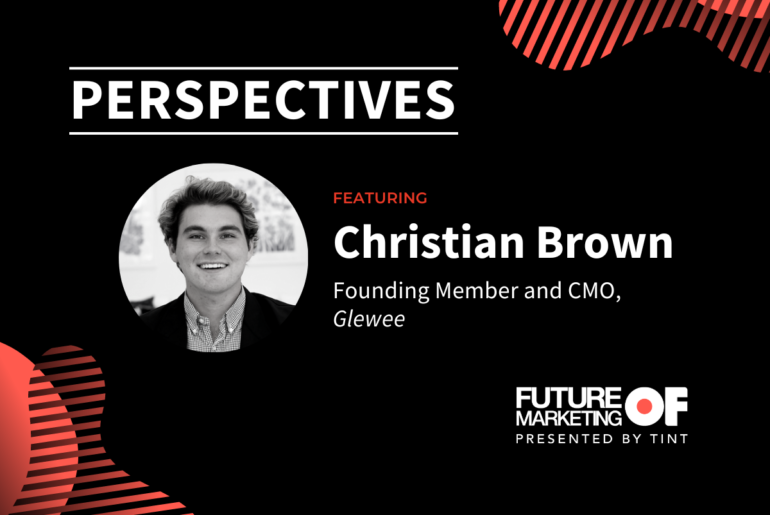Garrett Heath is a social media and content marketing consultant and founder of MarketingBytes.io.
Radio and TV spots. Print ads in newspapers and trade magazines. Online search and display. CMOs are intimately familiar with each of these channels. Yet with the origins of social media being frivolous and fun, some senior executives may not have the temperament to invest in it. Consequently, many social advertising efforts have been half-hearted or fallen on the cutting-room floor. But savvy CMOs should care about social media and how their brand approaches it. Here are three key reasons why CMOs need to pay attention to this channel.
Social Media Results in Better Advertising
Once relegated to the bottom of the advertising priority stack, social media has proven effective in marketing both B2C and B2B companies. This is for two main reasons:
1. Social gives better insight into your audience.
Users provide tons of information on social platforms that makes them easier to segment. Whether it’s a specific job title or company on LinkedIn or their location and interests on Facebook/Instagram, there is a treasure trove of data for marketers to zero in on. This means that marketing organizations can make more informed decisions on who receives their collateral—ads are delivered based on who people say they are rather than the queries they make (search advertising) or the websites they visit (display advertising).
2. Social pixels enable retargeting.
Similar to how companies use Google Analytics scripts to see how many visitors stop by their site, they can use the “pixels” provided by social networks to gather demographic insights about their visitors based on social profiles. This not only allows marketers to gain further clarity about their consumers, it also provides the opportunity to retarget them with specific messaging in the feed of their favorite social network.
The Result: Increased Spend on Social Media
Many CMOs and marketing organizations have taken notice of these two advantages—social media spend has been on a rapid rise throughout this entire decade. In August of 2019, the CMO Survey showed that social media ad spending was at 11.9%, nearly 3.5 times more than the spending back in August of 2009.
In particular, the report noted that while companies that derive the most revenue from online sales spent the highest percentage of their marketing budget on social media (17.1%), companies that had absolutely zero online sales still spent 9.1% of their marketing budget on social media.
But what’s more telling is that over the next five years, the CMO Survey projects that spending on social media will increase 89%, consuming almost a quarter of marketing budgets in 2025! Clearly this is a trend that can’t be ignored.
Word-of-Mouth Matters—and It Happens on Social Media
Word-of-mouth marketing is one of the most powerful drivers of consumer opinion. Research by Nielsen shows that 83% of people trust the opinions of those closest to them: their friends and family. But the more notable statistic concerns the impact of folks who are not part of a consumer’s inner network, with Nielsen reporting that “two-thirds (66%) [of people] say they trust consumer opinions posted online—the third-most-trusted form of advertising.”
The Importance of Social Listening
While a CMO may be happy to learn of positive comments about their product or service, they should pay particular heed to the negative experiences that consumers post about on social networks. Having a team that employs social listening can be helpful in not only addressing and resolving customer complaints, but also in ensuring that a brand has generally positive associations on social media.
Authors Joanna Phillips Melancon and Vassilis Dalakas identified eight kinds of complainers that your brand may come across on social media, in their peer-reviewed article featured in the Business Horizons journal. The types they identified are:
- Help Seeker: someone looking for an answer to a simple question
- (Unsolicited) Advisor: a consumer providing suggestions proactively to a company about products, services or policies
- Social Activist: a person looking to voice concern and call attention to a company’s actions or ideology
- The Dear John: a long-time customer who is about to abandon your brand and posts a lengthy complaint about why
- Story of My Life: a consumer who has encountered a number of failures and enumerates them for the world to read
- Passive-Aggressive: customers who leave angry remarks that are not altogether clear—the authors report that this type of complaint appeared the most in their dataset
- Whistle Blower: a consumer who calls attention to unsavory press to warn other customers away from engaging in business with the company
- Troll: an altogether malignant person who just posts vitriol about a brand
Plainly put, if social networks are the place where consumers are talking about your brand and if word-of-mouth is material in converting new customers, savvy CMOs will understand that listening to brand mentions across social networks is crucial.
Social Lets You Harness User-Generated Content
Humans are visual creatures. And as the web and social networks have matured, we’ve moved away from primarily text-based dispatches (blogs, SMS, simple status posts) toward more visual forms of communication (vlogs, MMS, rich media status updates).
This is a trend that Mary Meeker, formerly of Kleiner Perkins, current founder of growth fund Bond Capital and creator of the renowned Internet Trends slide deck, noted in her 2019 presentation. From 2013 to 2017, she reports, the number of photos taken globally went up from 0.7 trillion to around 1.1 trillion; this explosion was fueled by Instagram, an app that grew to over a billion users in just eight years.
Meeker goes on to show how the different social media platforms have evolved to become more visual. Twitter, which was text-only at launch in 2006, has seen huge growth in rich media—today over 50% of the tweet impressions include images, video or other media.
All this visual content provides a CMO and brand with an incredible opportunity—the ability to incorporate user generated content (UGC) into their marketing strategy. In fact, TINT by Filestack has seen firsthand how companies have harnessed the power of UGC, from Purdue University raising over $28M in 24 hours to Krispy Kreme increasing overall Instagram followers by 1.6M and becoming the most mentioned donut brand on Twitter for #NationalDonutDay.
As previously discussed, word-of-mouth marketing is central to customer buying decisions. And the ability for one of your consumers to see their friends, family and influencers—and Average Joes—actually using your product can be incredibly powerful.





